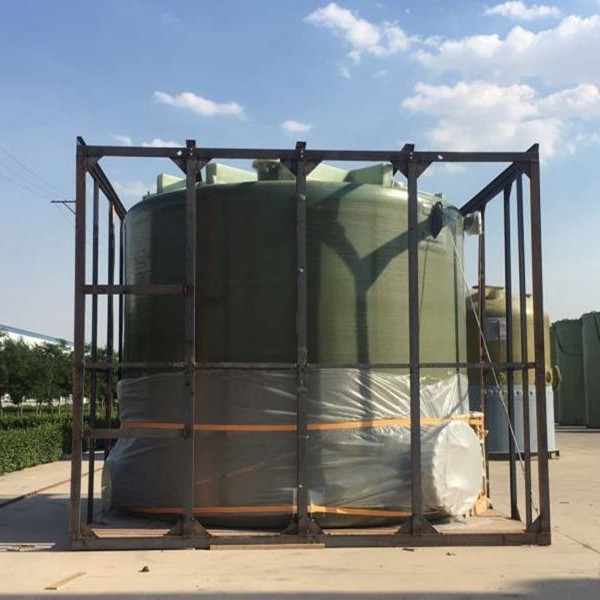
-
 Afrikaans
Afrikaans -
 Albanian
Albanian -
 Amharic
Amharic -
 Arabic
Arabic -
 Armenian
Armenian -
 Azerbaijani
Azerbaijani -
 Basque
Basque -
 Belarusian
Belarusian -
 Bengali
Bengali -
 Bosnian
Bosnian -
 Bulgarian
Bulgarian -
 Catalan
Catalan -
 Cebuano
Cebuano -
 China
China -
 China (Taiwan)
China (Taiwan) -
 Corsican
Corsican -
 Croatian
Croatian -
 Czech
Czech -
 Danish
Danish -
 Dutch
Dutch -
 English
English -
 Esperanto
Esperanto -
 Estonian
Estonian -
 Finnish
Finnish -
 French
French -
 Frisian
Frisian -
 Galician
Galician -
 Georgian
Georgian -
 German
German -
 Greek
Greek -
 Gujarati
Gujarati -
 Haitian Creole
Haitian Creole -
 hausa
hausa -
 hawaiian
hawaiian -
 Hebrew
Hebrew -
 Hindi
Hindi -
 Miao
Miao -
 Hungarian
Hungarian -
 Icelandic
Icelandic -
 igbo
igbo -
 Indonesian
Indonesian -
 irish
irish -
 Italian
Italian -
 Japanese
Japanese -
 Javanese
Javanese -
 Kannada
Kannada -
 kazakh
kazakh -
 Khmer
Khmer -
 Rwandese
Rwandese -
 Korean
Korean -
 Kurdish
Kurdish -
 Kyrgyz
Kyrgyz -
 Lao
Lao -
 Latin
Latin -
 Latvian
Latvian -
 Lithuanian
Lithuanian -
 Luxembourgish
Luxembourgish -
 Macedonian
Macedonian -
 Malgashi
Malgashi -
 Malay
Malay -
 Malayalam
Malayalam -
 Maltese
Maltese -
 Maori
Maori -
 Marathi
Marathi -
 Mongolian
Mongolian -
 Myanmar
Myanmar -
 Nepali
Nepali -
 Norwegian
Norwegian -
 Norwegian
Norwegian -
 Occitan
Occitan -
 Pashto
Pashto -
 Persian
Persian -
 Polish
Polish -
 Portuguese
Portuguese -
 Punjabi
Punjabi -
 Romanian
Romanian -
 Russian
Russian -
 Samoan
Samoan -
 Scottish Gaelic
Scottish Gaelic -
 Serbian
Serbian -
 Sesotho
Sesotho -
 Shona
Shona -
 Sindhi
Sindhi -
 Sinhala
Sinhala -
 Slovak
Slovak -
 Slovenian
Slovenian -
 Somali
Somali -
 Spanish
Spanish -
 Sundanese
Sundanese -
 Swahili
Swahili -
 Swedish
Swedish -
 Tagalog
Tagalog -
 Tajik
Tajik -
 Tamil
Tamil -
 Tatar
Tatar -
 Telugu
Telugu -
 Thai
Thai -
 Turkish
Turkish -
 Turkmen
Turkmen -
 Ukrainian
Ukrainian -
 Urdu
Urdu -
 Uighur
Uighur -
 Uzbek
Uzbek -
 Vietnamese
Vietnamese -
 Welsh
Welsh -
 Bantu
Bantu -
 Yiddish
Yiddish -
 Yoruba
Yoruba -
 Zulu
Zulu
fiberglass pipe fittings
Understanding Fiberglass Pipe Fittings Advantages and Applications
Fiberglass pipe fittings are essential components used in various industries, known for their remarkable durability, corrosion resistance, and lightweight properties. Engineered from a composite of glass fibers and resin, these fittings provide a reliable solution for transporting fluids and gases in a range of environments, including chemical processing, water treatment, and construction.
What Are Fiberglass Pipe Fittings?
Fiberglass pipe fittings are manufactured through a process that involves combining glass fibers with resin, which is usually unsaturated polyester or epoxy. This combination creates a material that is not only strong but also resilient against various environmental factors. Common types of fittings include elbows, tees, couplings, and flanges, which facilitate the connection and redirection of pipes in various systems.
Advantages of Fiberglass Pipe Fittings
1. Corrosion Resistance One of the standout features of fiberglass fittings is their resistance to corrosion. Unlike traditional materials such as metal, which can rust and degrade over time, fiberglass is inert to many chemicals and environmental conditions. This makes it particularly suitable for chemical transit and wastewater applications.
2. Lightweight Fiberglass fittings are significantly lighter than their metal counterparts, making them easier to handle and install. This reduced weight can lead to lower shipping costs and simplified logistics, especially for large-scale projects.
3. Strength and Durability Despite their lightweight characteristics, fiberglass fittings are extremely strong. They can withstand high pressures and temperatures, making them ideal for a range of demanding applications. Their durability ensures a longer lifespan, reducing the need for frequent replacements and maintenance.
4. Thermal Insulation Fiberglass has inherent thermal insulating properties. This not only helps in reducing heat loss in piping systems but also protects pipes from the external temperature influences, making it suitable for both hot and cold applications.
5. Versatility Fiberglass fittings can be used in various applications across different sectors. From municipal water systems to industrial manufacturing, their adaptability allows for efficient fluid handling in diverse environments.
fiberglass pipe fittings

Applications of Fiberglass Pipe Fittings
Fiberglass pipe fittings are utilized in a wide range of applications due to their advantageous properties
- Chemical Processing Industries that handle harsh chemicals benefit from using fiberglass fittings, as they are resistant to a wide range of corrosive substances
.- Water and Wastewater Treatment Many municipal and industrial water treatment facilities employ fiberglass fittings to transport water and effluents safely, preventing leaks and contamination.
- Oil and Gas The oil and gas industry often utilizes fiberglass fittings in various applications due to their resistance to chemical exposure and environmental factors.
- HVAC Systems In heating, ventilation, and air conditioning systems, fiberglass fittings are used for ducting and piping, providing thermal efficiency and durability.
- Marine Applications Due to their resistance to saltwater and weathering, fiberglass fittings are commonly found in marine environments, ensuring long-lasting performance in boats and docks.
Conclusion
In summary, fiberglass pipe fittings represent a crucial advancement in piping technology, offering a range of benefits that make them an optimal choice for many industries. Their corrosion resistance, lightweight nature, and superior durability make them stand out in applications that demand reliability and efficiency. As industries continue to seek innovative solutions for fluid transportation, the demand for fiberglass fittings is likely to grow, solidifying their place in the future of construction and engineering. By understanding the benefits and applications of fiberglass pipe fittings, businesses can make informed decisions that enhance their operations and ensure long-term sustainability.









